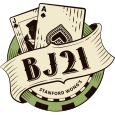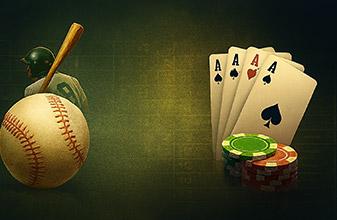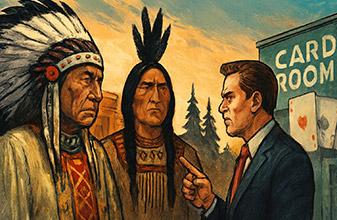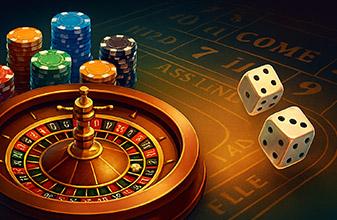There Can't Be
Let's put this into perspective.
c= -11. r = -1.667 with k = .5, q = 1 and N = 1.833.
A goes to -11 with 1/4 deck left.
NRS says this is an advantage of over 2% calling for a maximum bet whereas my experience tells me it is slightly negative.
More often than not A goes back to -5 in that remaining quarter deck, not to -18 as would be required by NRS since -cr = -18.34.
As you can see ever since NRS was invented around 1981 it has been flawed, is designed to fool the card counter and benefit the casinos by inciting players to bet heavy on negative counts.
Only true card counters know this as born out in experience and are able to discern the truth.
Recall the situation were A goes to -18 with 1/4 deck remaining. NRS says there is still a slight advantage. Whereas experience says it is highly negative though not as a negative as (-18 + (11-11/11)) / .25 = -32 TC which is over a 7% disadvantage.
Common sense and NRS start off the same but they diverge after that particularly when A is lower than c but greater than -ca.
However, I do figure NRS is about right when A is above zero in my experience and common sense.
Hopefully someone can rework this formula to produce a true representation of the way things work.
Norm Wattenberger will hopefully one day do a comparison test of just betting the minimum bet (instead of a larger size bet called for by NRS) when A is less than c but greater than -ca.
How surprised he will be when his CVData/ST add-on for $250 reveals, indeed, NRS is flawed and therefore, Extended NRS also. But he has to reprogram it with this ability to do this comparison.
We are all waiting with baited breath.










